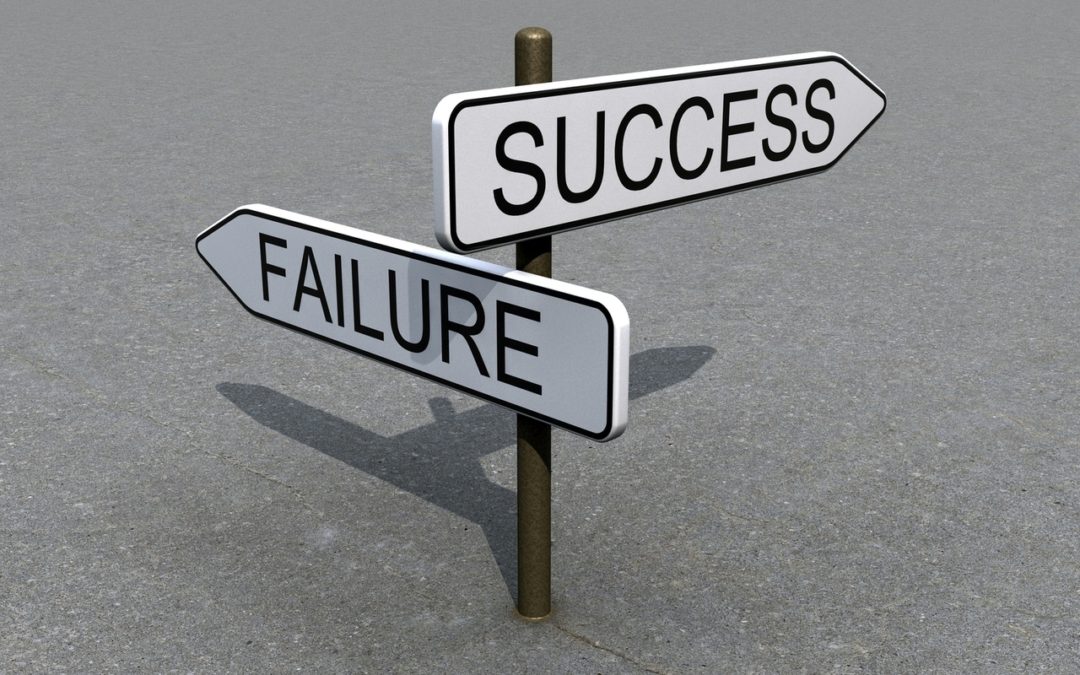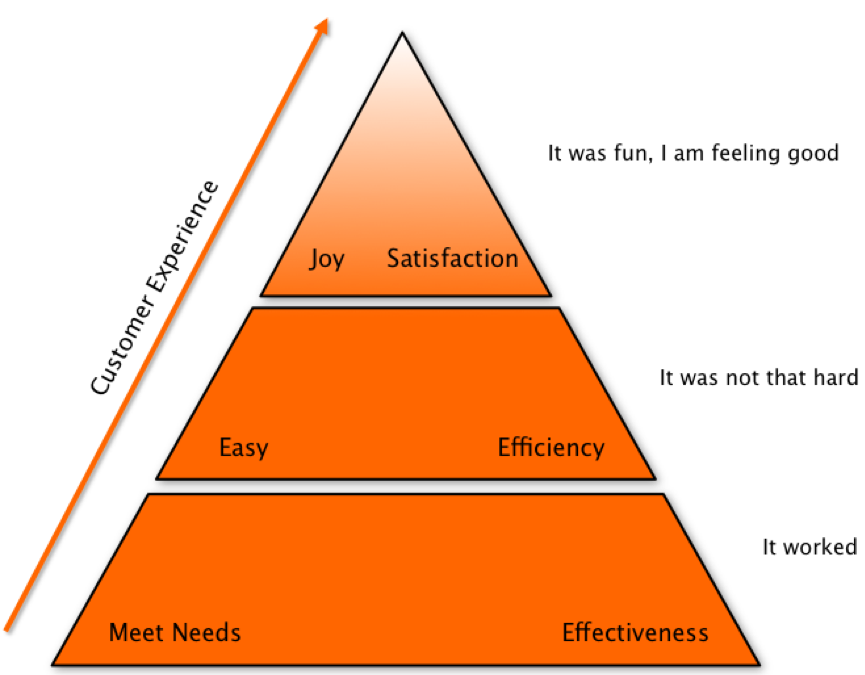
by twieberneit | Jan 11, 2020 | Blog |
It is this time of the year. Both, my wife Nicole and I put in long hours throughout last year, and yes, the pre-Christmas-time was not exactly a vacation, too … So, we were looking forward to some downtime and a family cruise with the line that prides itself as being “the home of the smile”. But, hey, if you are in the customer experience business – you never really have full downtime. At the end of the day it is also impossible to not reflect your own experience. Hence, we also could not avoid to realise how simple things can turn something amazing into something mediocre – or even plain disappointing. The cruise industry is a highly competitive industry, too, with more and more customers having more and more choice. Cruise Market Watch predicts more than 27.6 million cruise customers in 2020. Ships are getting bigger and more comfortable – and the fleets are growing, too, with 25 more cruise ships being expected to enter service in 2020. At the same time, customer expectations are rising fast. And this does not only apply to the digital world, but also to the physical one. And a cruise is all about the customers’ experience, and nothing else. This is what they are selling with slogans like ‘premium all-inclusive’ (TUI Cruises). “After all, the best holiday feeling is: not being in the need to think of anything, but to be able to. Not needing to pay for it, but being able to try anything. Not needing to relinquish anything but being able to enjoy everything.” (original in German, translation by me)...

by twieberneit | Sep 7, 2019 | Blog |
Being a consultant being called into or asked to do a product demo is inevitable. A demo is one of the most powerful tools that product/solution vendors and their partners have in their arsenal to convince prospects. The demo is a key part of the customer journey that the buyer of enterprise software takes. A good experience in this step will establish the trust that is necessary to go any further with a vendor and/or implementation partner. A great demo can make an underdog a winner while a poor demo can make the frontrunner an outright loser. Well, and sometimes the underdog’s killer demo scores them only the second place in a winner-takes-it-all world. I have seen and done that on both sides of the table, given good and bad demos, sat as a customer or trusted adviser, attending bad to great demos. And it is always amazing to see and participate. One thing is for sure: If you get into the make or break position of a competitive demo in a short list, you better remember The 7 P of Planning Proper Prior Planning Prevents Piss Poor Performance. Know thy customer; and know her well. Who is part of the buying center? Who decides? Who influences who? Who has the money? What are their likes and dislikes? What are their interests? What do they want to achieve? What do they expect to see? How can I surprise/wow them? Who is my friend? These are only some of the more important questions that you need to get answers for before the demo. Other ones include answering how important this...

by twieberneit | Jun 6, 2019 | Blog |
As it is the case for most of my colleagues I regularly get pitched by businesses about customer experience news that they want to talk about and that normally are pretty interesting. So, also a few days ago, when I got pitched by AR relations of a major European bank that wanted to talk about a new partnership and “what personalisation tech can offer in terms of a way to side-step legacy tech barriers to provide meaningful customer engagement that goes far beyond “Dear Joe” but that provides customers with what they need, when they need it”. The backdrop of this story is, of course, the advent and rise of fintechs like Revolut, N26, or Monzo. These are the ones that got named in the pitch and that are representatives of many more fintech companies that are disrupting traditional banking. We could add some more like Weltsparen, Transferwise, and other services that target at disrupting one or the other part of banking. And banking is surely an interesting sector of B2C as well as B2B business that is highly regulated, often very conservative, and burdened with legacy IT systems, to name but a few challenges facing banks. All these topics are making them an interesting target for nimble companies that, amongst others, are engaging with their customers in a highly personalised manner. This is very much in line with the research report by Epsilon that got quoted in the pitch. Consequently, personalisation is a very good start. However, there is more. The model of the quoted fintechs is not only to provide a high degree of personalisation. They are...

by twieberneit | Apr 28, 2019 | Blog |
Returning from an interesting SAP Now event in Berlin with a strong attendee focus on customer experience is the perfect opportunity to start thinking about how to thrive as a company in the age of the customer. Being busy with and at our own valantic booth and an exciting IoT-Chatbot showcase I sincerely could not attend as many presentations as I wanted to. First let’s establish what the age of the customer means. What is the age of the customer? A few years ago the term ‚the customer is in control’ was coined. This was back in the first hype around social media, around the same time the term ‚social CRM’ got created. Some companies, for example Microsoft, are still using it. In the beginning ‚the customer is in control’ referred to the idea that social media put customers in a far more powerful position vs. businesses, because the higher reach that social media offered, changed the balance of powers between customers and vendors. Or so vendors of enterprise software argued. The ‚customer being in control’ is certainly one way to describe an age of the customer, even a very strong one. Forrester Research is somewhat more balanced. Forrester describes the age of the customer as the combination of a shift of power from institutions to customers and the disruptive forces of digitalization. This combination would “alter market fundamentals and force companies to change strategic direction and rethink operating models”. As part of the vivid discussion following my post Ten Questions you always wanted to ask about CX on CustomerThink, Harley Manning, VP and Research Director covering customer experience...

by twieberneit | Feb 7, 2019 | Blog |
Reading the very interesting post Customer Centricity is MORE than Customer Experience by Joseph Michelli I engaged into a discussion about things centricity. The discussion basically is about answering the question “What the heck is customer centricity?” – this elusive thing. And how does it relate to customer experience and other ‘centricities’, like price centricity, product centricity, or service centricity? When do we call a company customer centric? Of course there are some usual suspects that can be used as examples to make one point or another. Is Ryanair customer centric? Aldi? Amazon? Apple? Google? Starbucks? Jiro’s sushi restaurant? Luckily all participating disputants have a different view, so there is a vivid discussion going on, from which one can learn a LOT. But first things first. Let’s get the issue of customer centricity vs. customer experience out of the way. Joseph states, that “customer centricity is a commitment or a strategy to assure the success of your customer. Whereas, customer experience is a set of customer perceptions forged across all their interactions with your brand.” (emphasis by Joseph Michelli). In brief: customer centricity is a strategy and customer experience is an outcome. This distinction is important, as not only a customer centric strategy leads to customer experiences (plural, every interaction with your brand results in an experience), which accumulate to customer experience (singular, the weighted sum total of all customer experiences over time). So, let’s assume there are four possible pure strategies: customer centric, price centric, product centric, service centric, and put a stake into the ground by briefly defining them. I call a strategy service centric if all...






